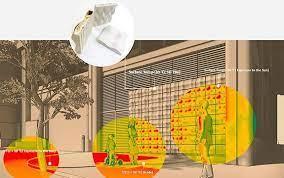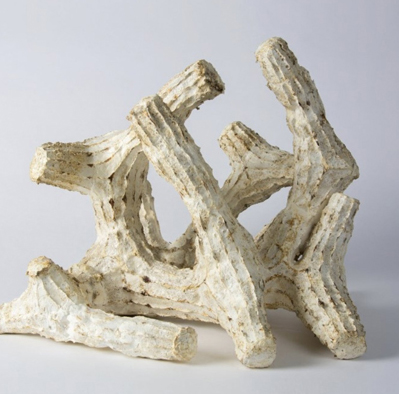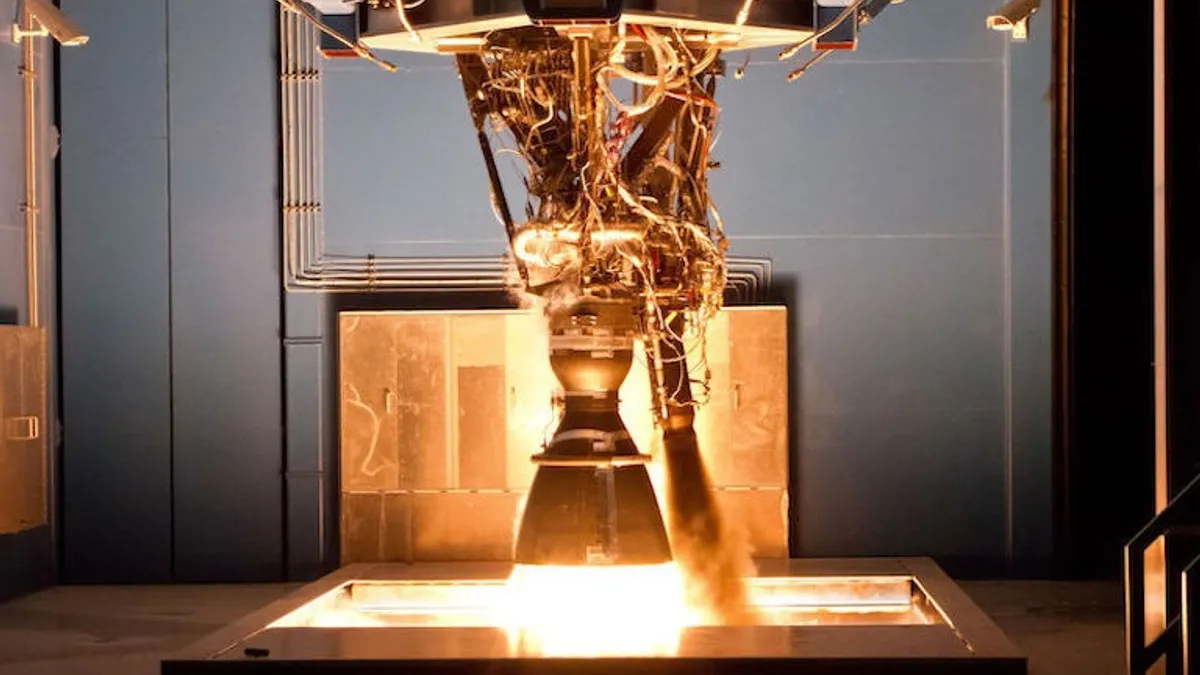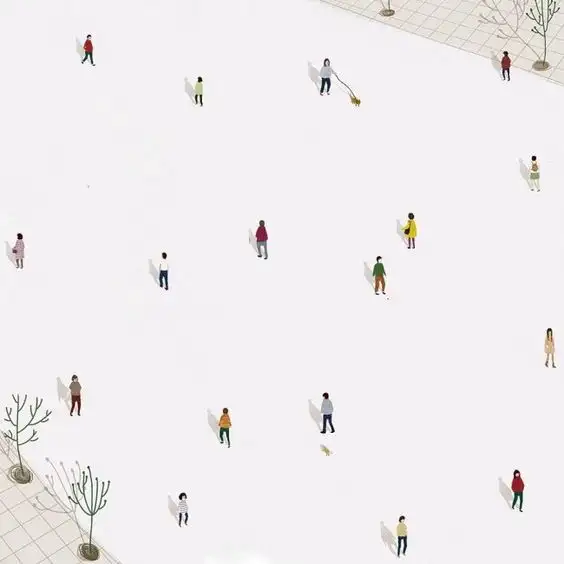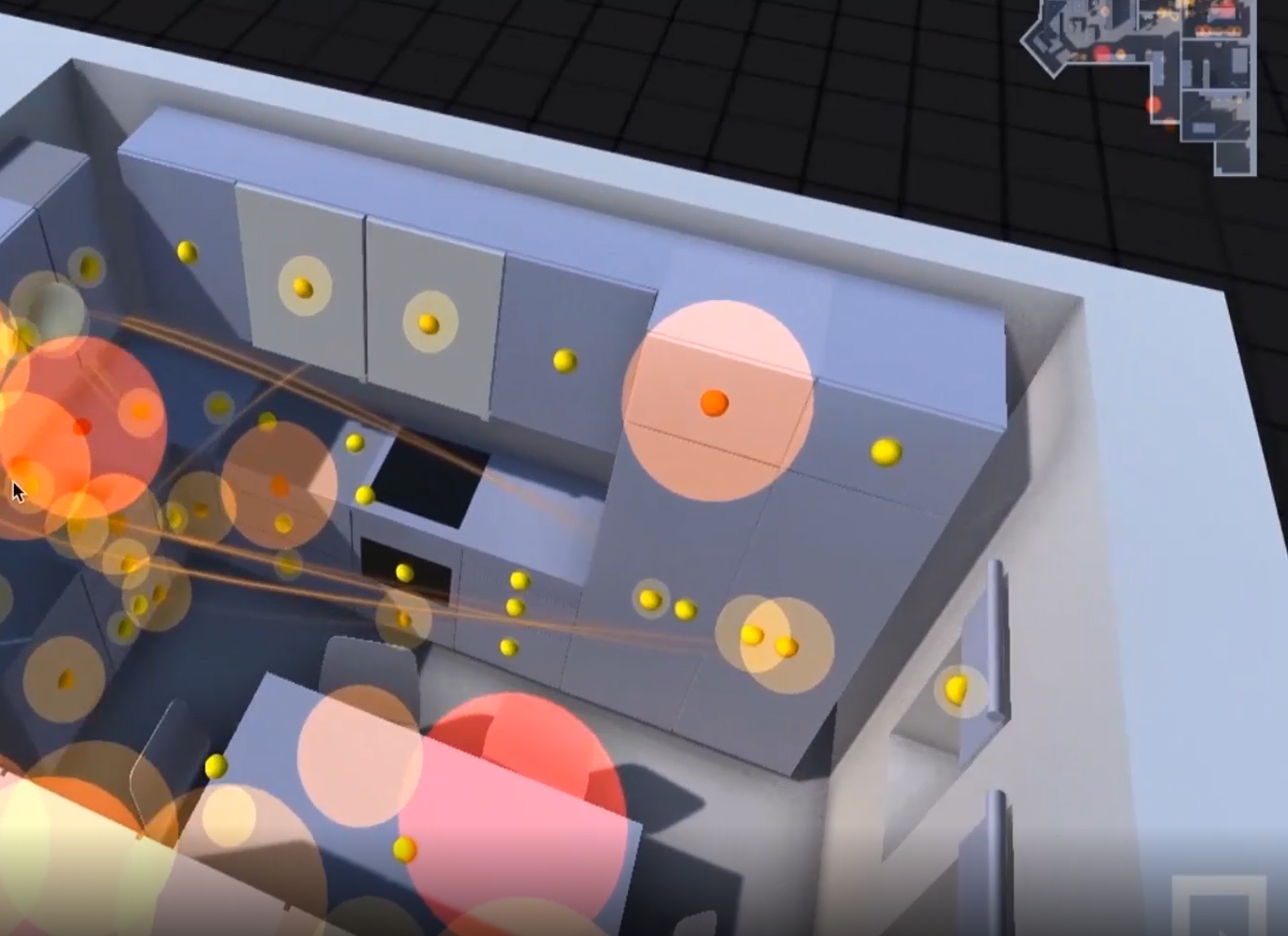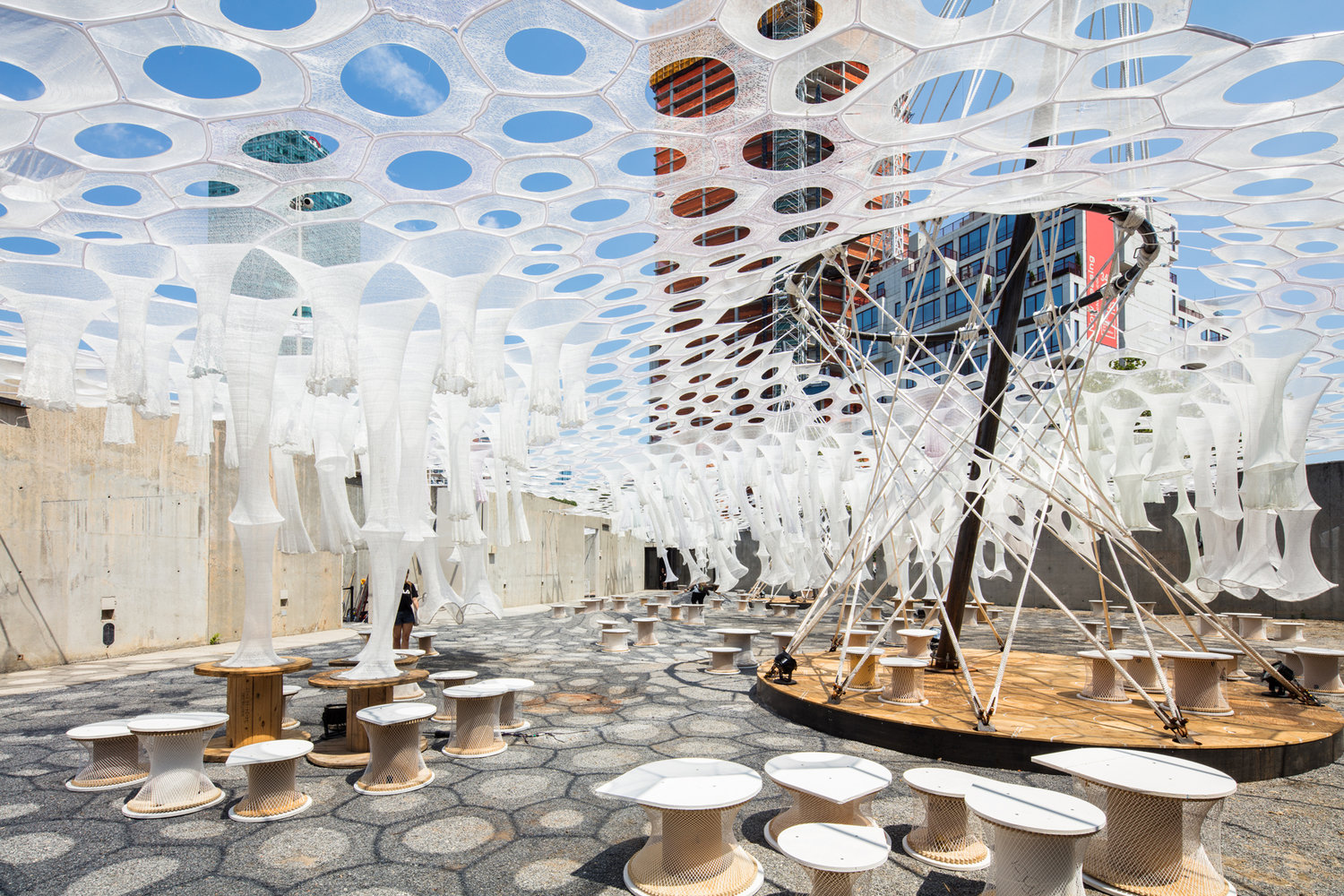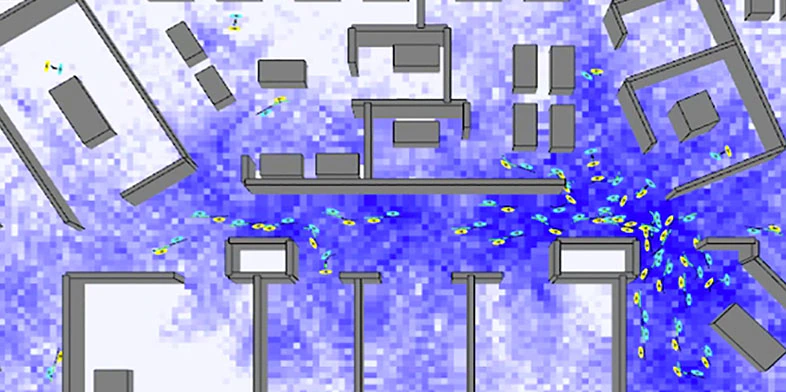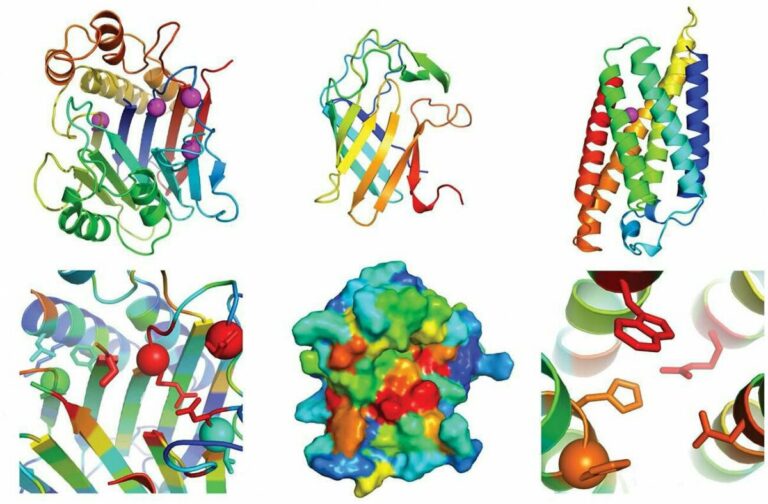The Dynamics of AIR (and other matter)
MaCAD Environmental and Structural THEORY SEMINAR
One of the most fundamental opportunities that advanced computation affords architects and designers is an opportunity to link analysis of environmental and structural performance directly to design. The word ‘optimal’, from the Latin optimus, has its origins in 19th-century biology, meaning ‘most favourable’, or ‘desirable’. It speaks loudly of best, of a single goal within the ordered and rational Cartesian search for truth, and refers to the best conditions of, let us say, light, temperature, altitude for an organism to prosper. By using the computer to iteratively search and discard less optimal alternatives, there are many ways to link architectural form finding and materiality to structural or environmental performance. There are many examples of setting load cases and boundary conditions and hence automating the generation of a formal architectural response to those conditions in a way that mirrors the biological response to ambient conditions from which the term derives.
Designers deal with complexity. Architecture must perform in many ways and respond well to or interact well with innumerable interacting phenomena, generally simultaneously. Not the least of these when considering solar radiation, heat, humidity, air quality, the chaotic nature of air movement and fluctuation, sound and structural response, are human beings themselves, who combine heat production, movement, live loads and free will to act within architecture. Being able not just to predict but to model or simulate not only the architectural form and space, but to simulate the behaviour of various environmental and animate phenomena in response to architectural changes and choices in varying ambient conditions is an invaluable design decision support opportunity. To have the ability to experience the interaction of architecture and environmental and structural behaviours in near real time is to have the feedback that facilitates natural learning and builds intuition in architecture.
This capacity to simulate the impact of external forces in the digital environment and within mixed digital physical simulations permits the design of workflows with the potential to radically reshape ecological footprint of architecture.
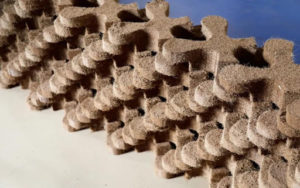
A struggling planet in climate emergency is now driving urgent change in both architectural research and practice. Buildings are responsible for 30 to 40 % of global energy use and a similar percentage of greenhouse gas emissions and the building sector is the single largest CO2 producer worldwide (Intergovernmental Panel on Climate Change, 2007). People spend over 90 % of their lifetime indoors (Klepeis et al., 2001), and 80 % of the energy consumed by a building during its life cycle is while it is operational (Masoso & Grobler, 2010).
This theory seminar will present you with a range of design strategies and research experiments that more closely link environmental phenomena such as air movement and quality, sound, light, temperature, to human experience and behaviour, use of energy, emissions and waste from buildings, and circular material economy seeking in various ways to address aspects of this challenge in architecture and designing.
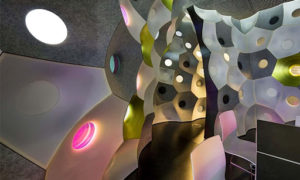
source: FabPod Image credit: John Gollings
In small groups, you will research and build a blogpost relating to one of the weekly topics. Use the classes as a discursive opportunity to tease out the issues and tradeoffs inherent in these sometimes-competing phenomena in designing for the built environment. You will have the opportunity to review a broad range of current initiatives and develop critical reflection and positioning in relation to application in your own practice.
Learning Objectives
At course completion the student will understand and be able to take a critical position on:
- Relationships of architecture and design to allied disciplines.
- Architecture and design in the global context of climate emergency.
- The implications of different concepts and applications of advanced computation.
- Mixed reality environments to design with unseen architectural phenomena
- Linking form with environmental and material performance through investigative processes.
- Conducting investigations and presenting findings coherently in verbal, written and visual argument.
KEYWORDS
ESD, Air, Sound, Heat and Light, humans in the loop, material ecology

